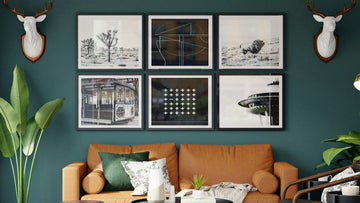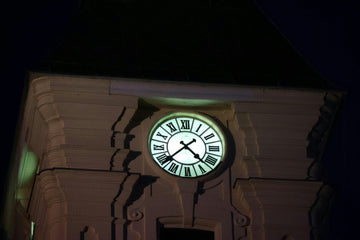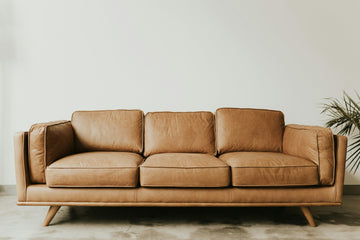Wall décor influences how interiors are shaped and understood. Walls occupy the largest continuous surfaces within a room, and what is placed upon them directs focus, structure, and flow. Unlike movable furniture, wall elements remain fixed for longer periods, making their selection and arrangement fundamental in interior design.
Clocks, mirrors, framed prints, and sculptural pieces illustrate how function and aesthetics merge. A clock organizes time while creating a visual anchor. Mirrors expand light and alter perception of depth. Wall art offers imagery, pattern, or abstraction that guides how the room is experienced. Each addition interacts with others, forming layers of meaning and spatial coherence.
Placement plays a defining role. Symmetry produces stability and order, while asymmetry conveys dynamism. Eye-level positioning ensures accessibility, whereas higher or offset arrangements alter balance. Scale also requires attention: larger works command presence on expansive walls, while smaller pieces gain impact when grouped in clusters.
Coordinating wall décor with curtains, furniture, and lighting completes the space. When tones, textures, or shapes align, they establish continuity. When contrasts are chosen deliberately, they break repetition and add variety. Wall décor thus becomes more than ornamentation—it sets direction, proportion, and narrative within a home, establishing the lasting impression of its interior.



